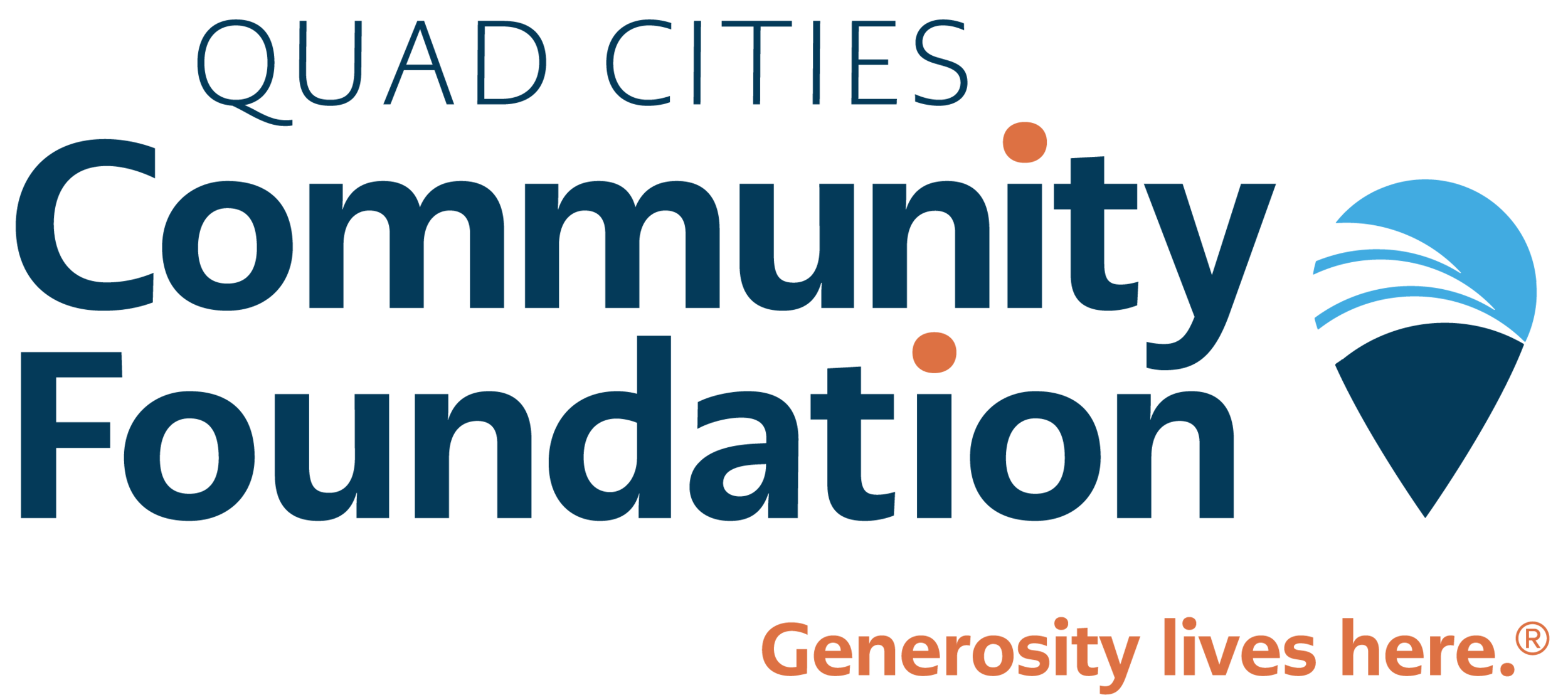Aligning Social Action
By Matt Mendenhall, PhD, MSW
Vice President of Programs, Quad Cities Community Foundation
In the Quad Cities, a bi-state community situated on the Mississippi River in Iowa and Illinois, three students drop out of high school every school day… meaning that between 600-700 students drop out of school every year. While our community’s drop out problem is less severe than in other communities, the lost potential represented in this statistic is not acceptable. In 2008, the Board of Directors for the Quad Cities Community Foundation made high school graduation our number one community impact priority.
The Community Foundation has learned, one day at a time, about our capacities to “align social action”. We have convened community leaders, made a variety of flexible grants, supported operational costs, committed significant staff time, and called our Board members into action. Our primary strategy to align resources and efforts around educational outcomes has been to invest in partnerships. More specifically, we invest in our community’s collective impactcapacities and have named the initiative Achieve Quad Cities (AQC).
We count as AQC’s successes: 1) the formation of a Leadership Cabinet comprised of cross-sector leaders; 2) development of a regional data warehouse to collate regional cradle-to-career data from eight local school districts and five area higher education institutions; and 3) recent selection by the Lumina Foundation for their Community Partnerships for Attainment initiative to promote Goal 2025. The AQC Leadership Cabinet includes two school superintendents (one from each side of the river), three higher education institution leaders, business leaders, a labor leader, and philanthropic leaders. The data warehouse is founded on a data sharing agreement approved by eight school districts to collect data on important educational milestones. The Lumina award has served to quickly coalesce our community’s higher education institutions around post-secondary attainment goals. Each of these successes was the result of many years of hard work and trust building.
Community leaders in education, business, and other sectors have committed in many ways to a common vision to improve educational outcomes. These leaders have developed a backbone network, in which various organizations have taken on different leadership roles. A community college has taken on the role of fiscal agent for the partnership’s expenses. A private university is the host to the data warehouse. A public university is working to strengthen the partnership’s communication functions. Other funders are tapping into the AQC partnership as a way to align their own investments with a more comprehensive regional plan.
To do the work of aligning social action, the Community Foundation has been a convener, founding funder, and leadership voice for this regional effort. We knew that we did not have adequate resources to directly fund programs that addressed reading proficiency, attendance, and credit accrual for students. We did have resources to help bring together the many people and organizations that care deeply about educational outcomes… and that’s what we did.
